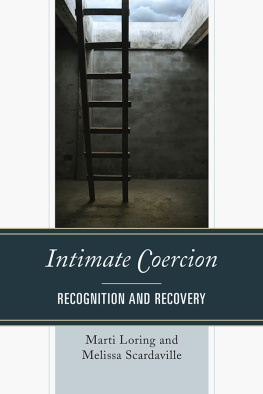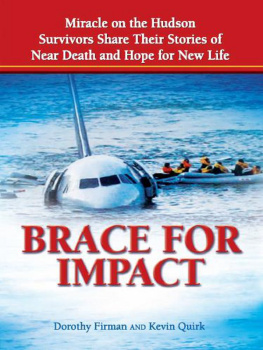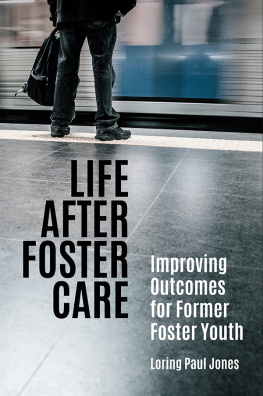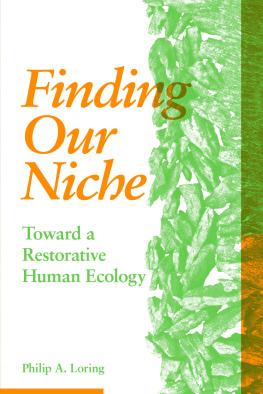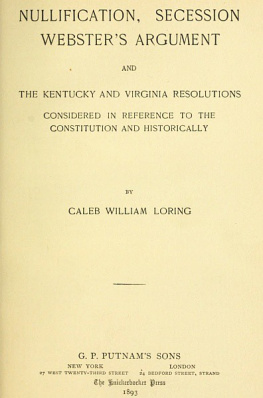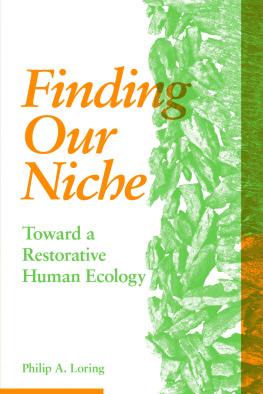Charles Loring Brace - Dangerous Classes of New York, and Twenty Years Work among Them
Here you can read online Charles Loring Brace - Dangerous Classes of New York, and Twenty Years Work among Them full text of the book (entire story) in english for free. Download pdf and epub, get meaning, cover and reviews about this ebook. year: 1973, publisher: National Association of Social Workers, genre: Children. Description of the work, (preface) as well as reviews are available. Best literature library LitArk.com created for fans of good reading and offers a wide selection of genres:
Romance novel
Science fiction
Adventure
Detective
Science
History
Home and family
Prose
Art
Politics
Computer
Non-fiction
Religion
Business
Children
Humor
Choose a favorite category and find really read worthwhile books. Enjoy immersion in the world of imagination, feel the emotions of the characters or learn something new for yourself, make an fascinating discovery.

- Book:Dangerous Classes of New York, and Twenty Years Work among Them
- Author:
- Publisher:National Association of Social Workers
- Genre:
- Year:1973
- Rating:4 / 5
- Favourites:Add to favourites
- Your mark:
- 80
- 1
- 2
- 3
- 4
- 5
Dangerous Classes of New York, and Twenty Years Work among Them: summary, description and annotation
We offer to read an annotation, description, summary or preface (depends on what the author of the book "Dangerous Classes of New York, and Twenty Years Work among Them" wrote himself). If you haven't found the necessary information about the book — write in the comments, we will try to find it.
Dangerous Classes of New York, and Twenty Years Work among Them — read online for free the complete book (whole text) full work
Below is the text of the book, divided by pages. System saving the place of the last page read, allows you to conveniently read the book "Dangerous Classes of New York, and Twenty Years Work among Them" online for free, without having to search again every time where you left off. Put a bookmark, and you can go to the page where you finished reading at any time.
Font size:
Interval:
Bookmark:

PracticeTerenceSenecaSuetoniusRebukes by Early Christian
PreachersQuintilianTertullianLactantiusFirst "Children's Asylum"
under TrajanCharity of the AntoninesLegislation of the Christian
EmperorsInfluence of the Germanic RacesLegislation on the Exposure
of ChildrenFirst Children's Asylums in the Christian EraBrother
GuyNeglected Children the only Remains of Ancient "Dangerous
Classes"Change Wrought by ChristianityInfluence of Christianity in
Reform..pp. 13-24
City Prisons and ReformatoriesOrphanageStatisticsOrphans in
MettraiEmigrationEffect in Producing CrimeNumbers of Prisoners of
Foreign BirthsFiguresHopeful FeaturesFewer Paupers ImmigrateWant
of TradeSelfishness of UnionsAversion to Steady Industry..pp. 32-38
of Public Opinion in Preserving Marriage-bondWeakening of it by
EmigrationFruits of Free Love among the PoorINHERITANCEPower of
Transmitted Tendencies in Producing CrimeHopeful Feature in New
YorkFew Continued Families of Paupers and CriminalsAction of Natural
Selection in Favor of VirtueVicious Organizations Die OutExplanation
of Extraordinary Improvement in Children under Reformatory
InfluencesThe Immediate Influences of Bad Parents Overcome by the
Transmitted Tendencies of Virtuous Ancestors, and by New
CircumstancesThe Incessant Change of our People Favorable to
VirtueVillages more Exposed to Criminal Families than
CitiesCausespp. 39-50
Font size:
Interval:
Bookmark:
Similar books «Dangerous Classes of New York, and Twenty Years Work among Them»
Look at similar books to Dangerous Classes of New York, and Twenty Years Work among Them. We have selected literature similar in name and meaning in the hope of providing readers with more options to find new, interesting, not yet read works.
Discussion, reviews of the book Dangerous Classes of New York, and Twenty Years Work among Them and just readers' own opinions. Leave your comments, write what you think about the work, its meaning or the main characters. Specify what exactly you liked and what you didn't like, and why you think so.

